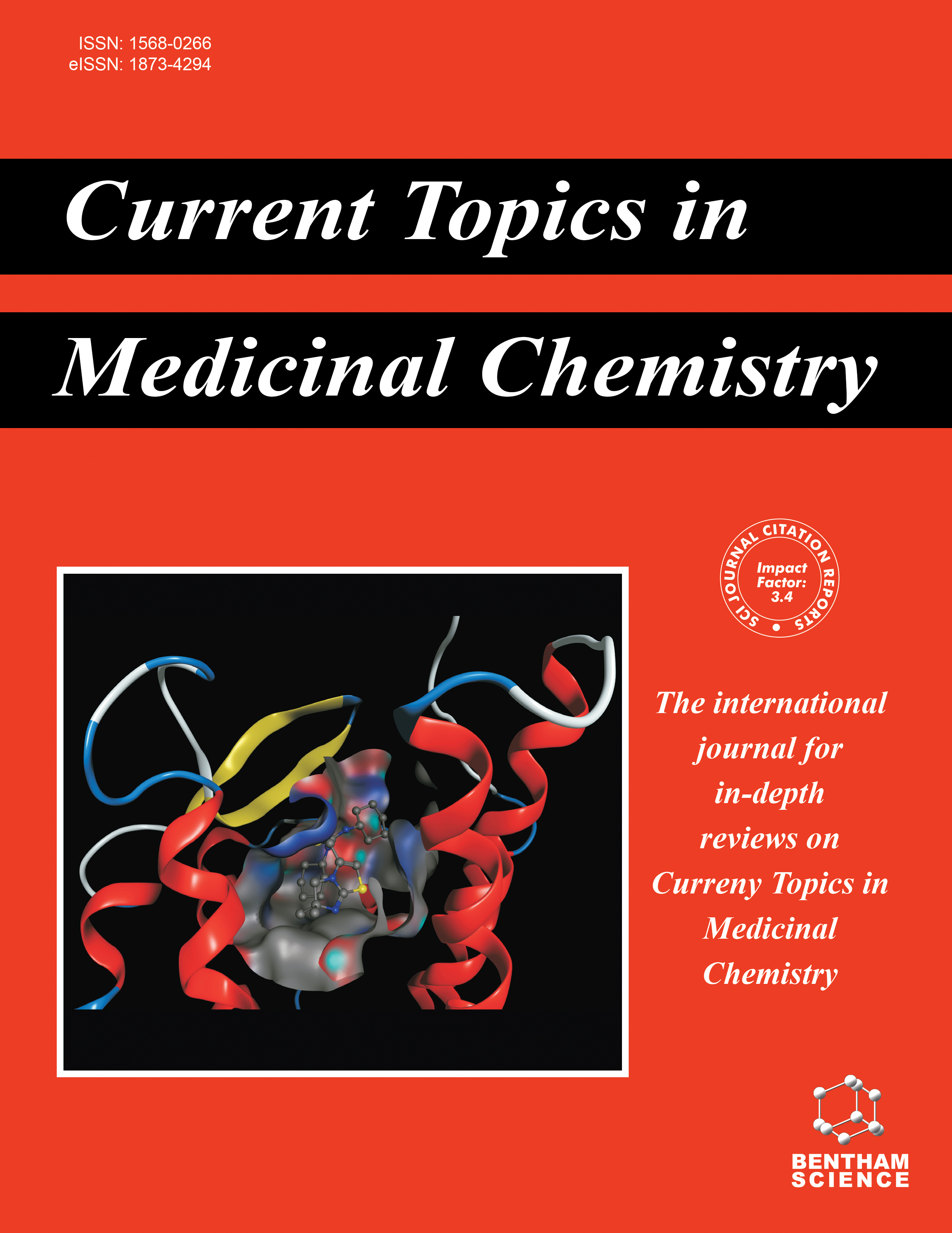
Full text loading...
We use cookies to track usage and preferences.I Understand
Cancer is a multifaceted disease with high mortality rates, and current treatments face challenges such as chemoresistance and tumor adaptation. Since Virchow reported the first case of cancer-related chronic inflammation, numerous clinical and epidemiological studies have indicated that around 15-20% of malignant tumors are caused by inflammation. Cyclooxygenase-2 (COX-2), which is the key enzyme in inflammation, has been implicated in tumorigenesis through various mechanisms including promoting angiogenesis, inhibiting apoptosis, and enhancing the invasiveness of cancer cells. Moreover, COX inhibitors have demonstrated a substantial reduction in death rates associated with esophageal and colon cancer. In this context, targeting COX-2 is an effective strategy for cancer prevention and treatment.
This review focuses on the analysis of studies conducted between 2014 and 2024, which evaluate the structure-activity relationship of molecules intended to exhibit cytotoxic activity through COX inhibition. The studies followed both classical and non-classical COX-2 selective drug design strategies. While some focused on the classical approach, utilizing diaryl heterocyclic structures, others explored non-classical designs with a cyclic central scaffold and a linear core. Additionally, several manuscripts employed well-known COX inhibitors including licofelone, indomethacin, naproxen, tolfenamate, celecoxib, flumizole, and ketoprofen, as starting points for further derivatization and optimization. Cytotoxic activity was evaluated using various cell lines including MCF-7, HCT-116, and A549, through assays such as MTT, CellTiter, and MTS. Additionally, studies examined the relationship between COX-2 inhibition and key cancer pathways including apoptosis and the involvement of enzymes like HDAC, EGFR, and topoisomerase.
The majority of studies reported promising cytotoxic activity in COX-2 selective inhibitors. Compounds synthesized with diphenyl heterocyclic scaffolds exhibited enhanced COX-2 selectivity and anticancer efficacy. In particular, derivatives in studies 9, 16, and 24 demonstrated significant activity comparable to standard drugs like celecoxib and doxorubicin. However, only a few studies indicated a weak correlation between COX-2 inhibition and cytotoxicity suggesting the need for further investigation into other cancer-related mechanisms.
This review highlights the potential of COX-2 selective inhibitors in anticancer drug development. The findings support the development of selective COX-2 inhibitors with diverse chemical structures as a promising strategy for cancer therapy.

Article metrics loading...

Full text loading...
References


Data & Media loading...

